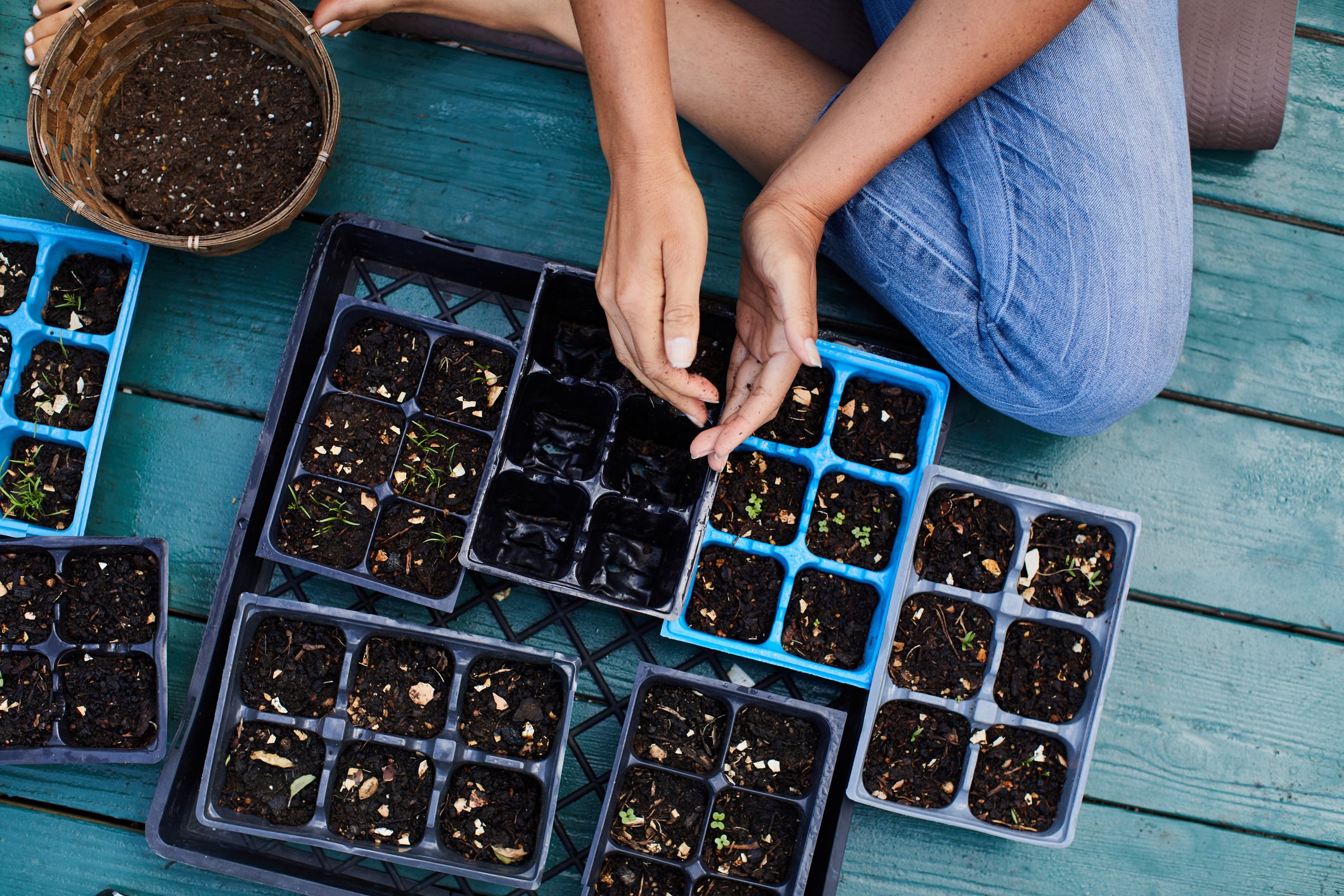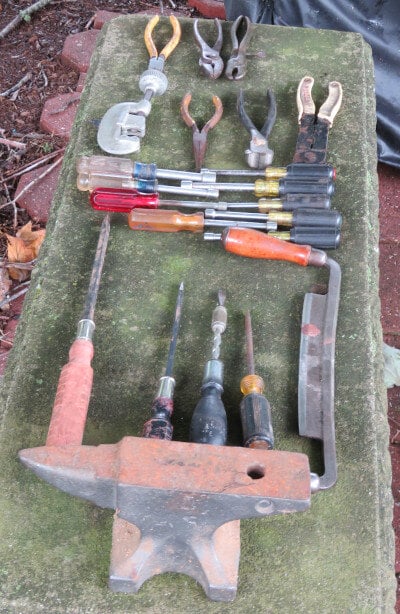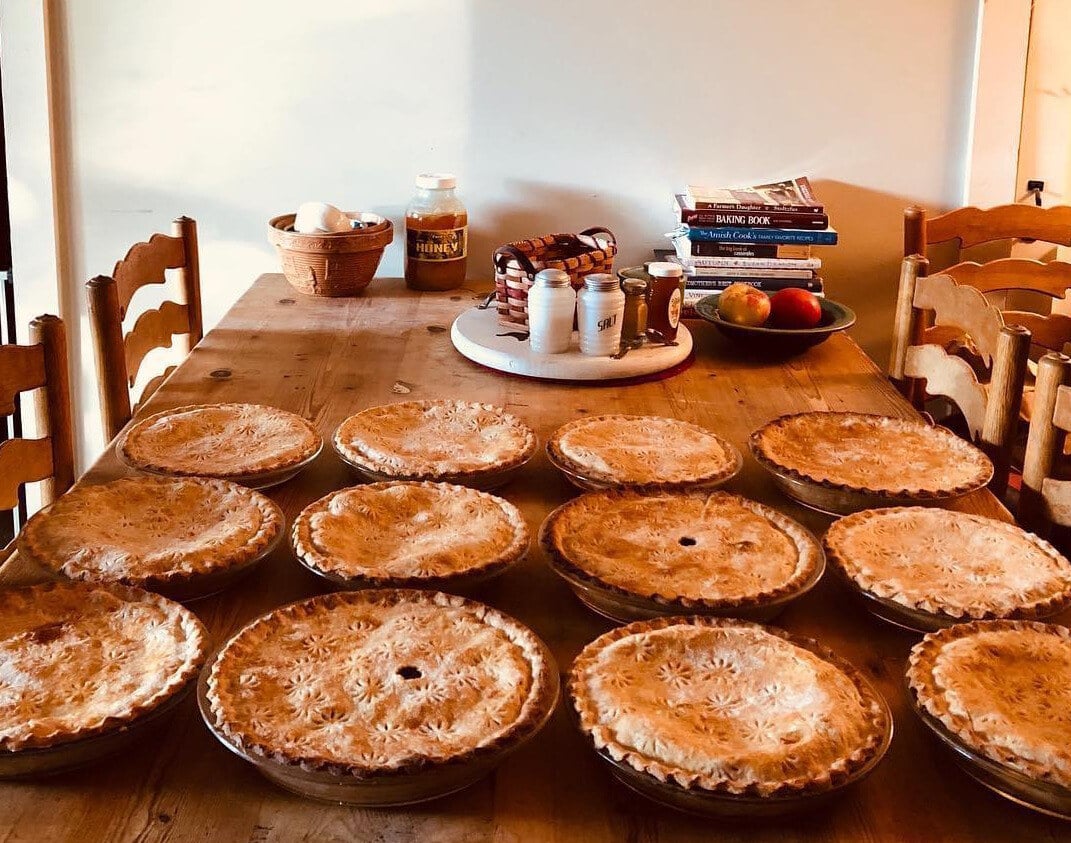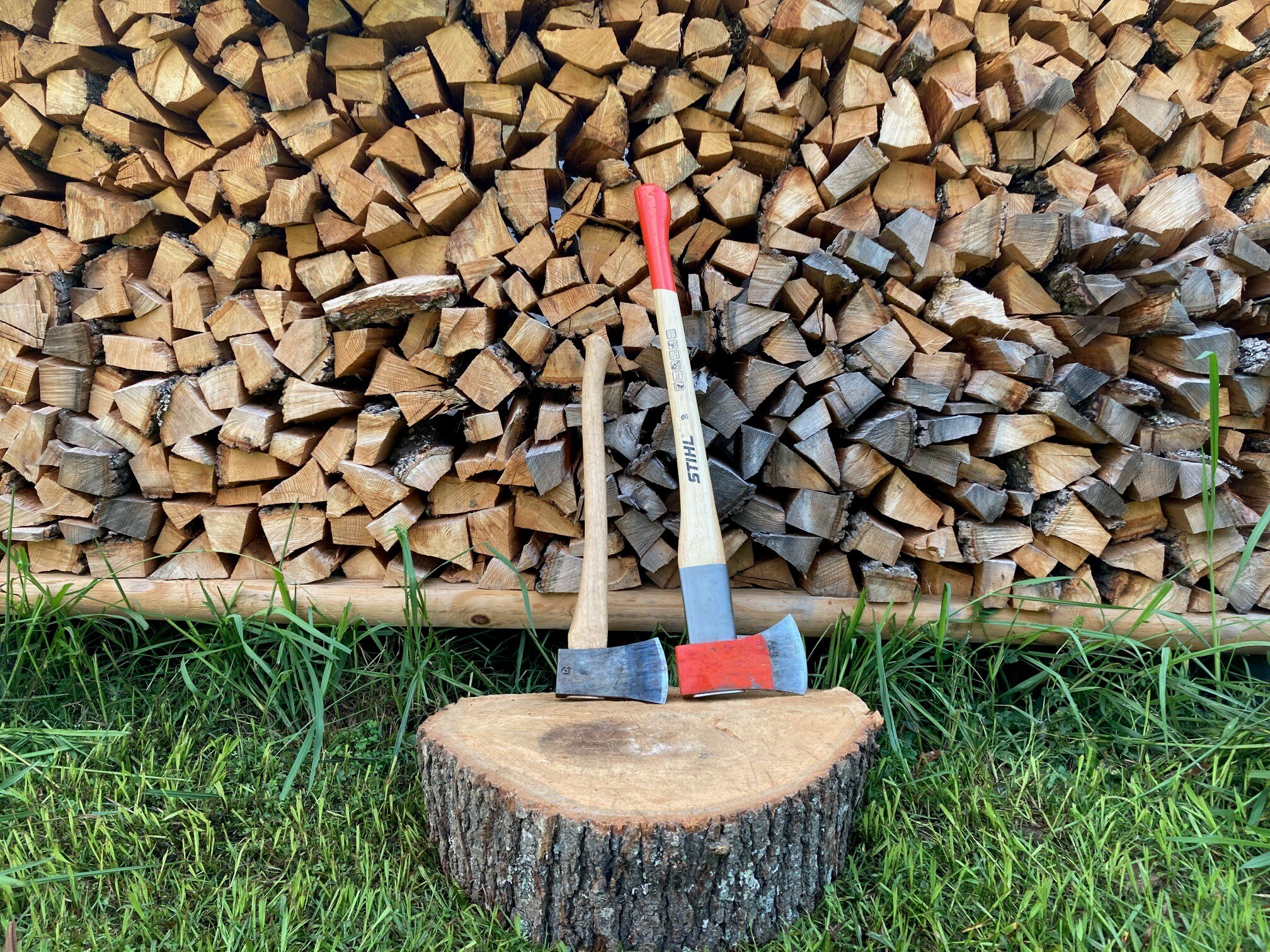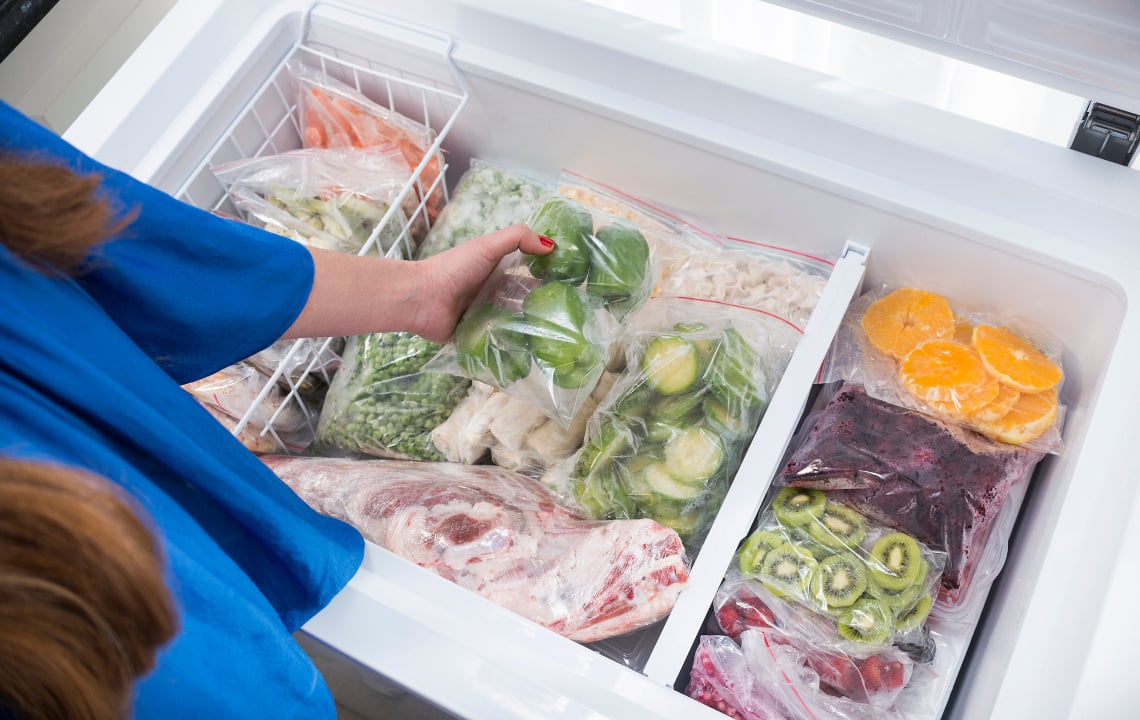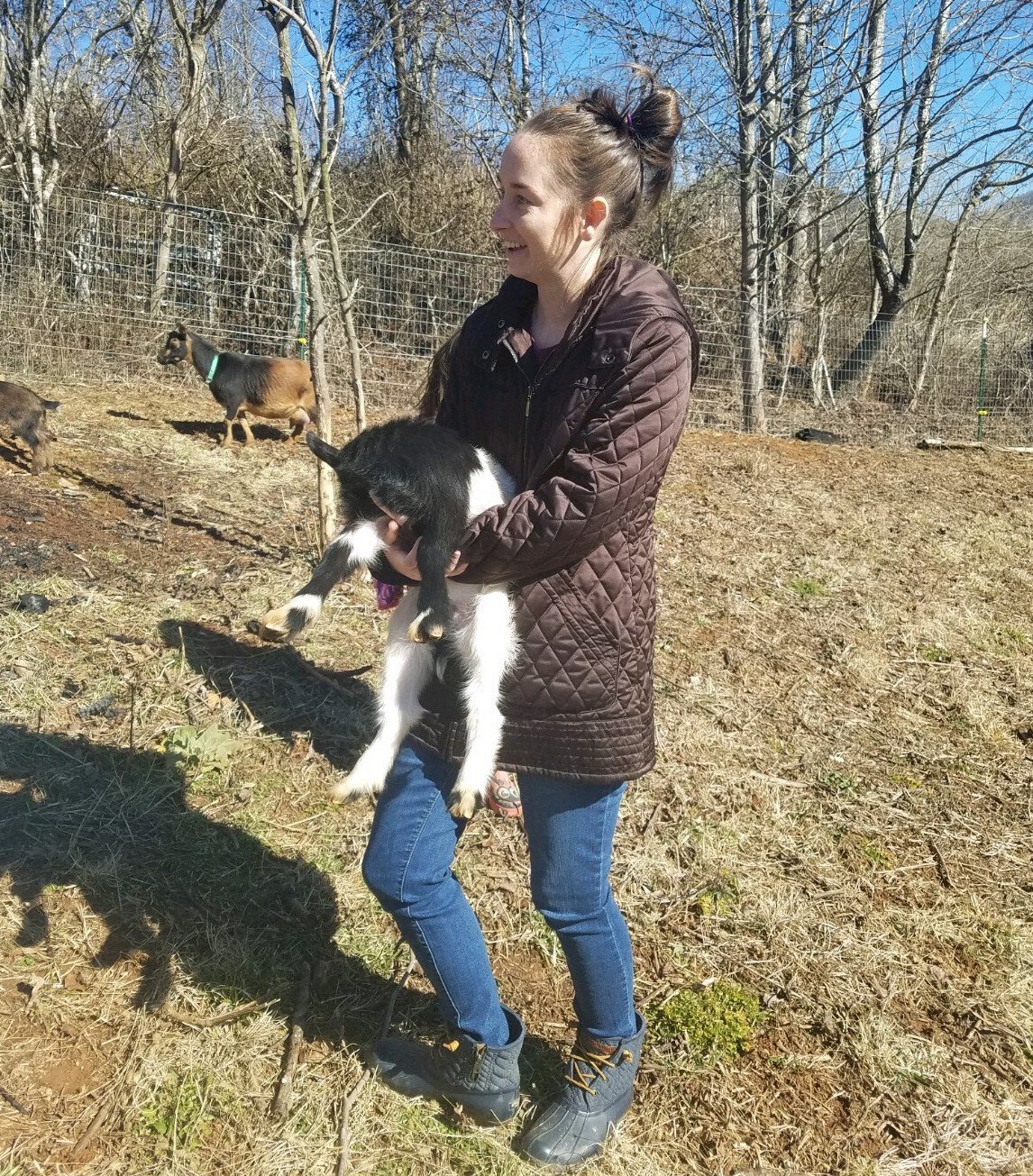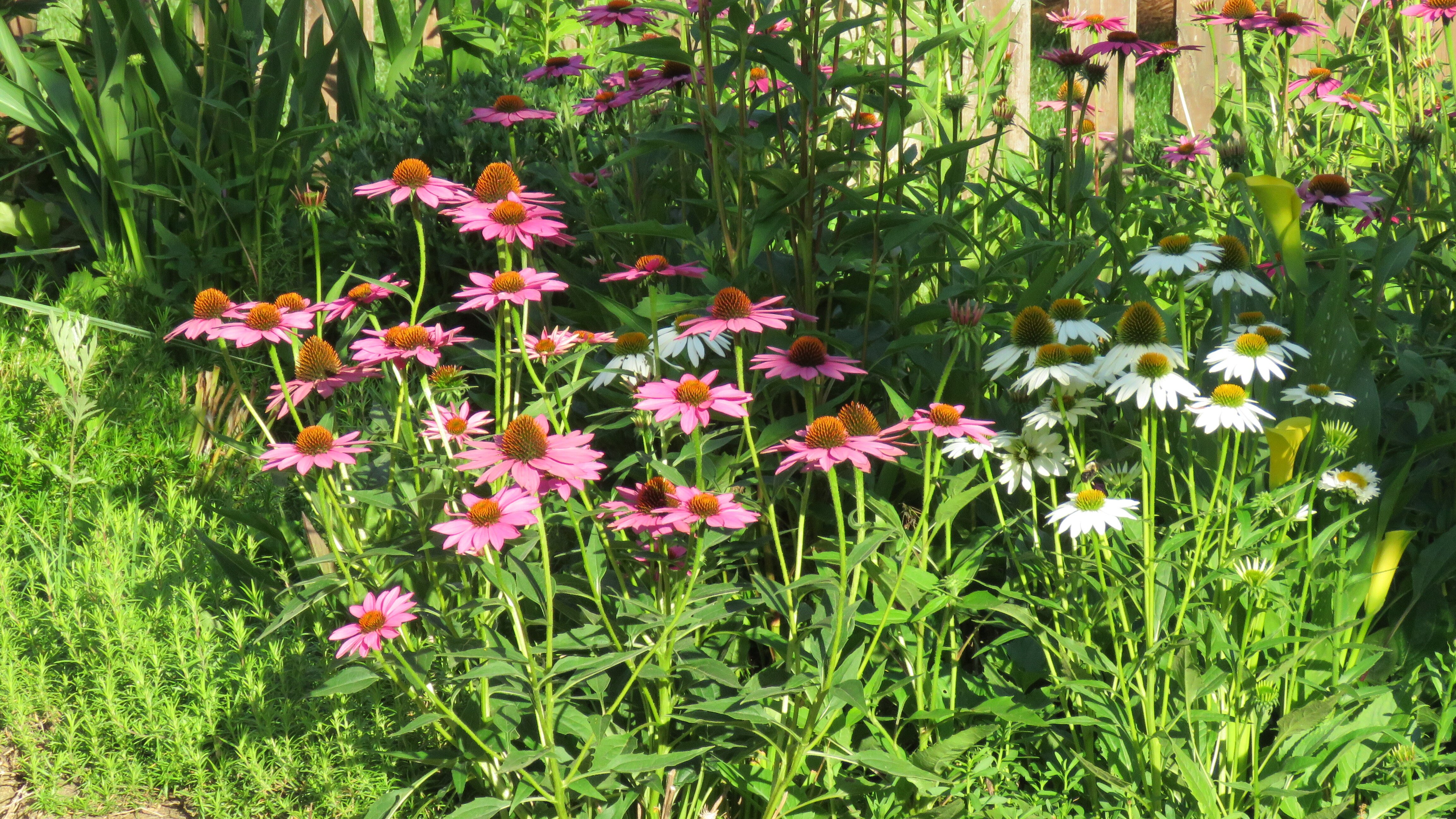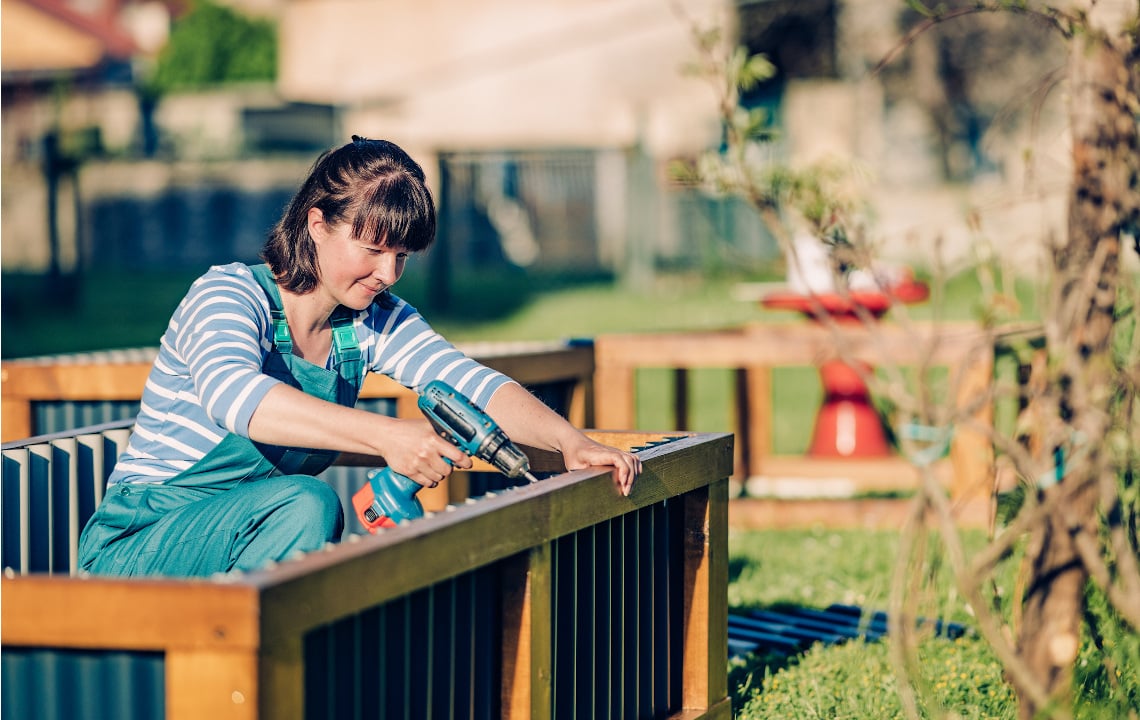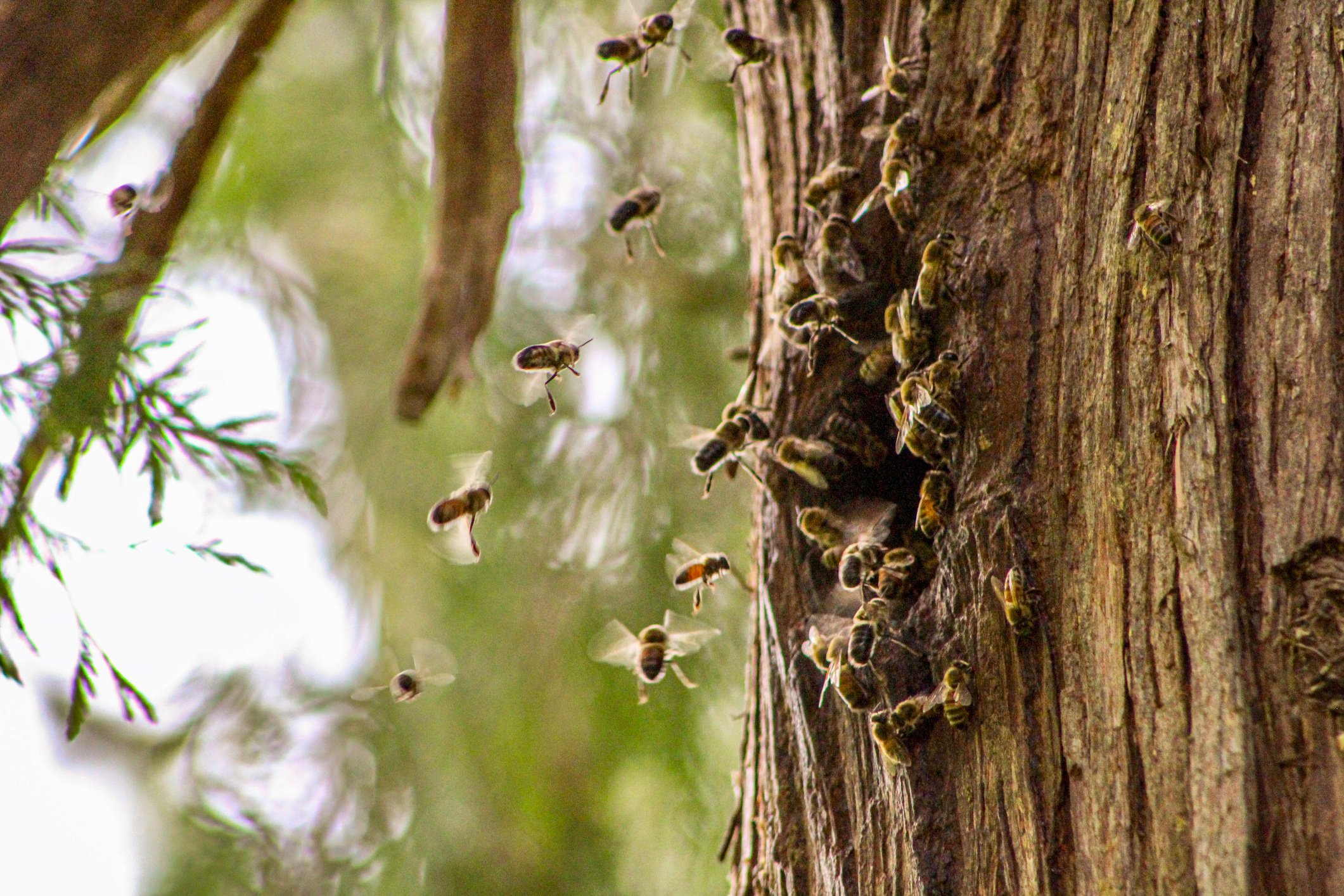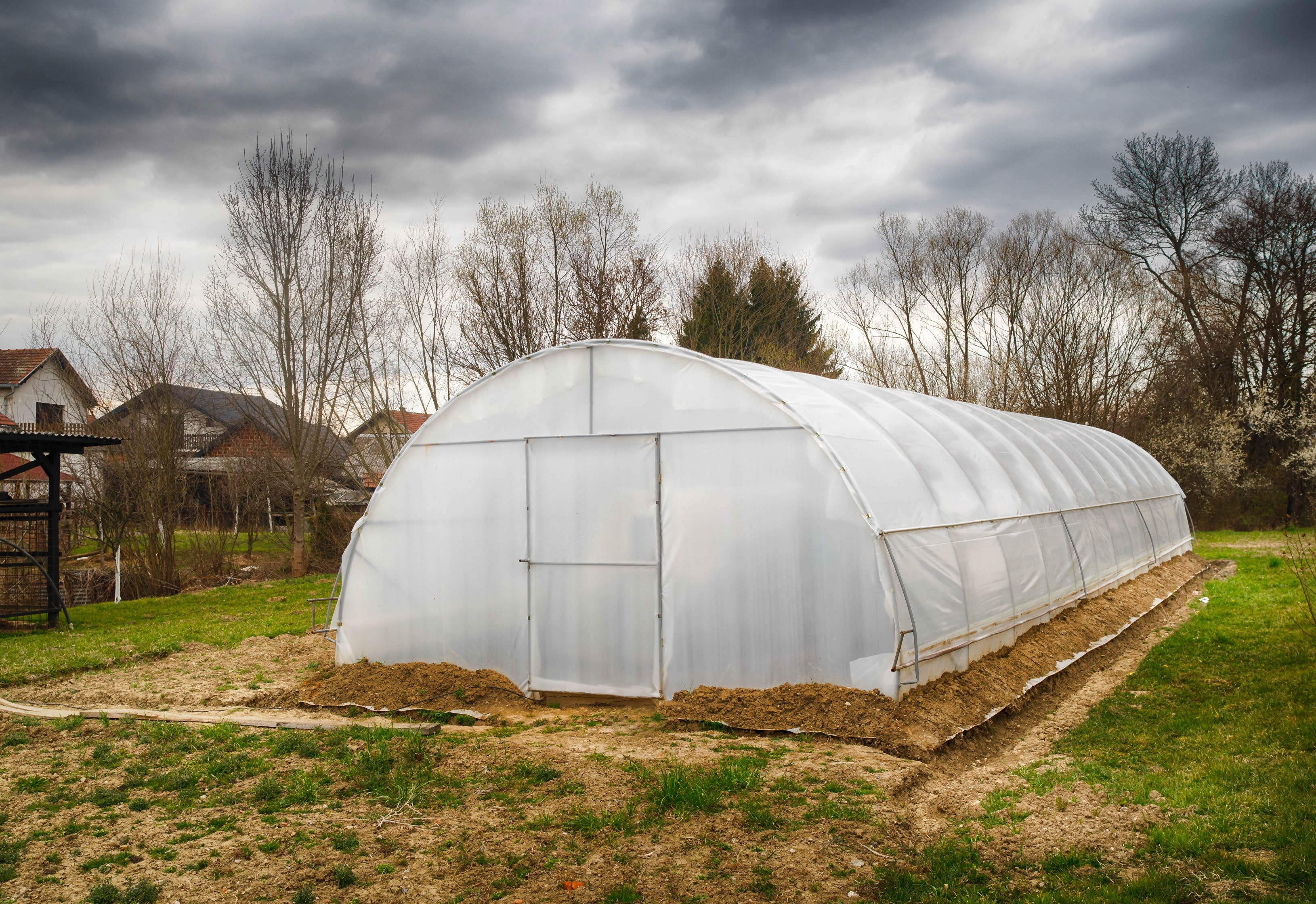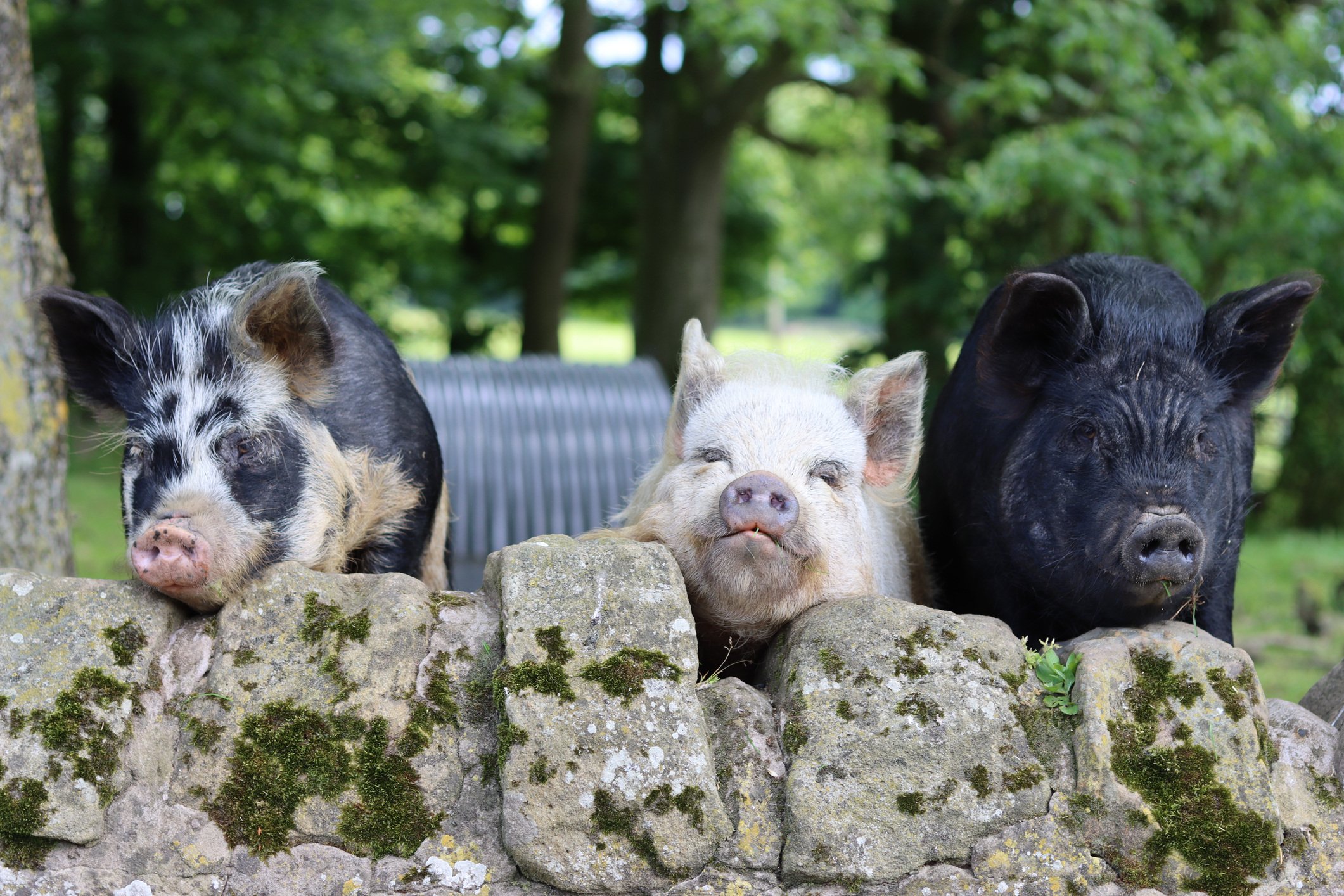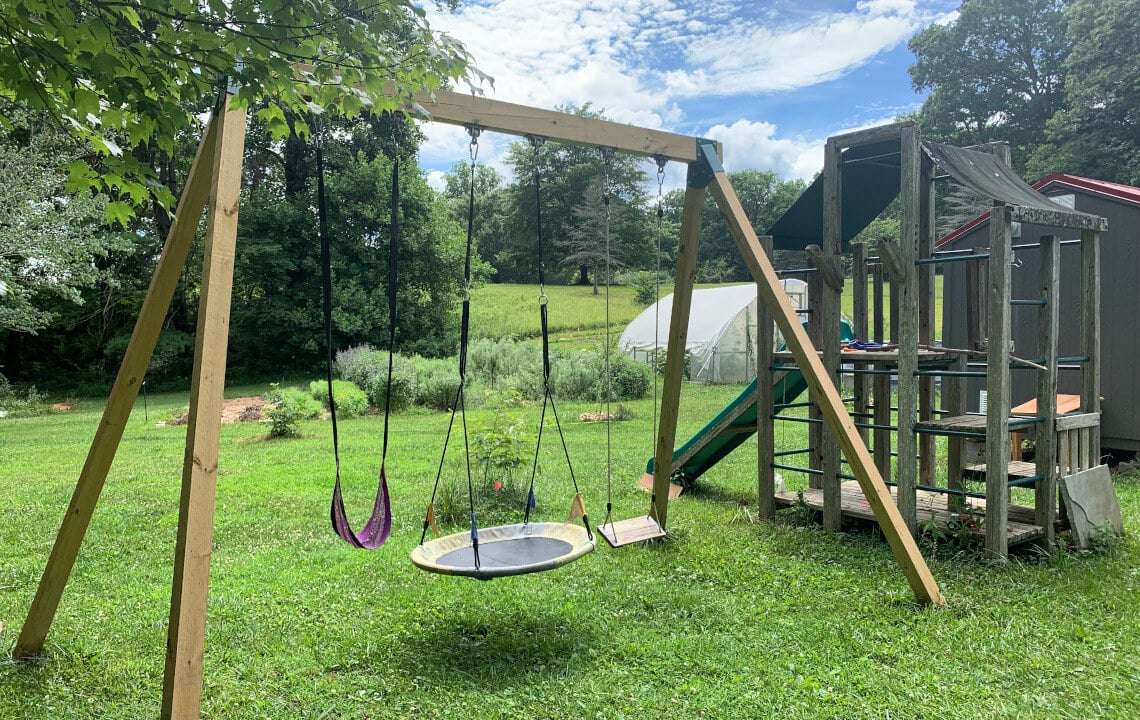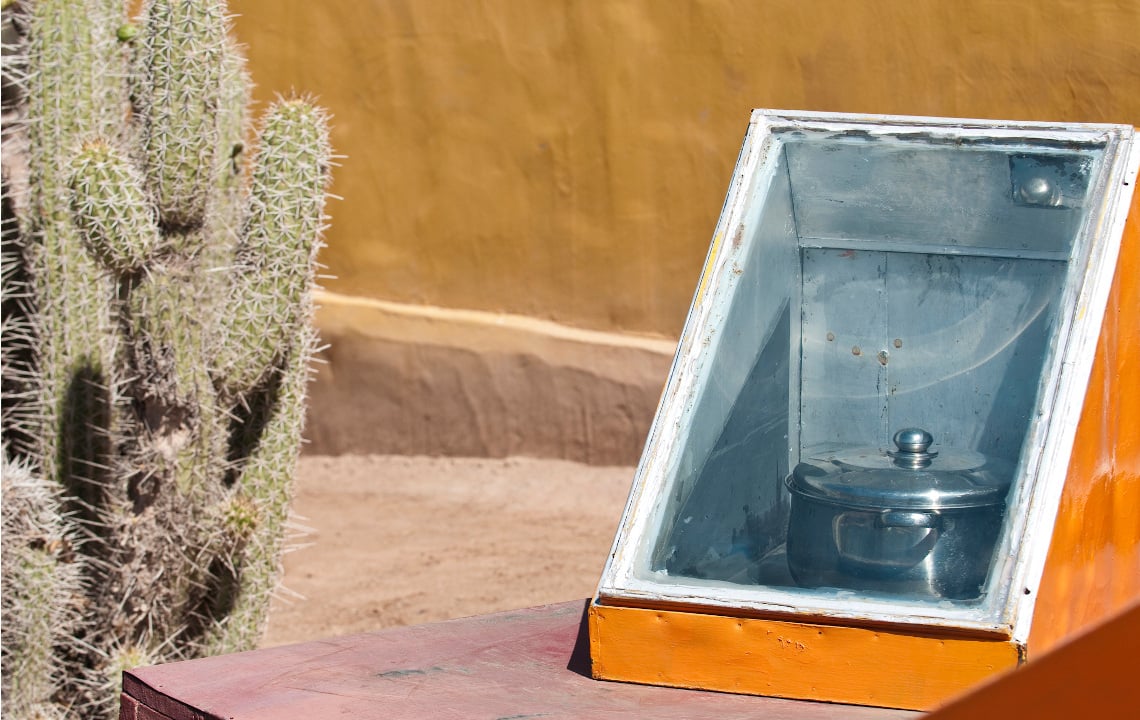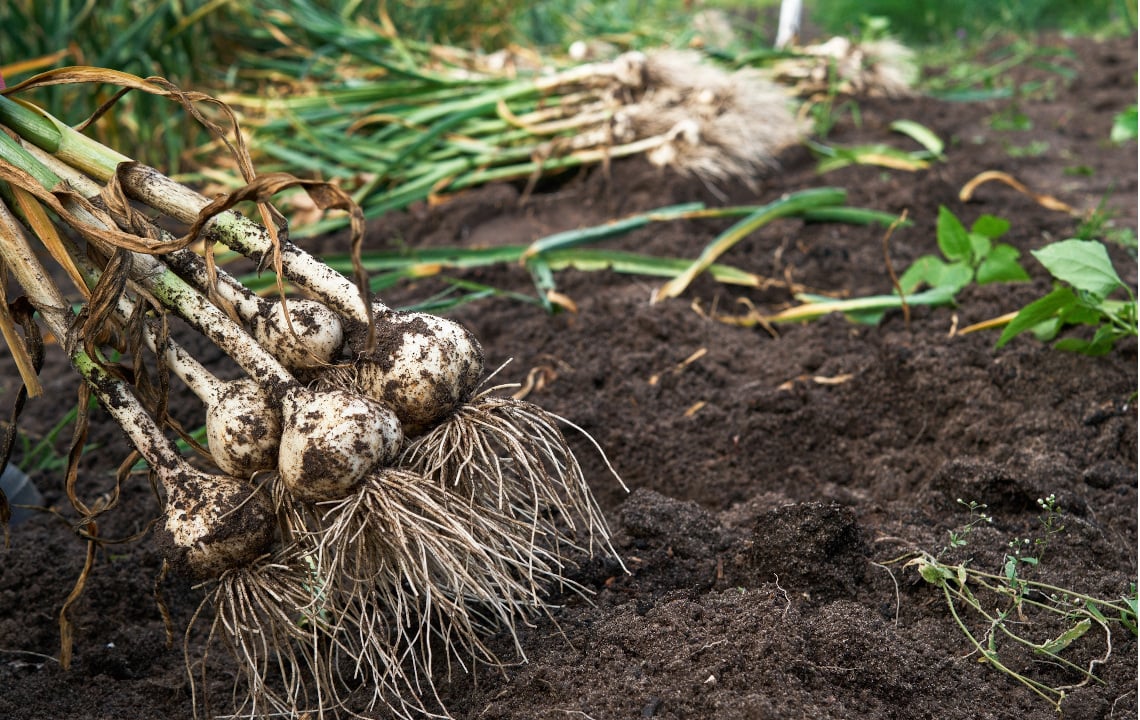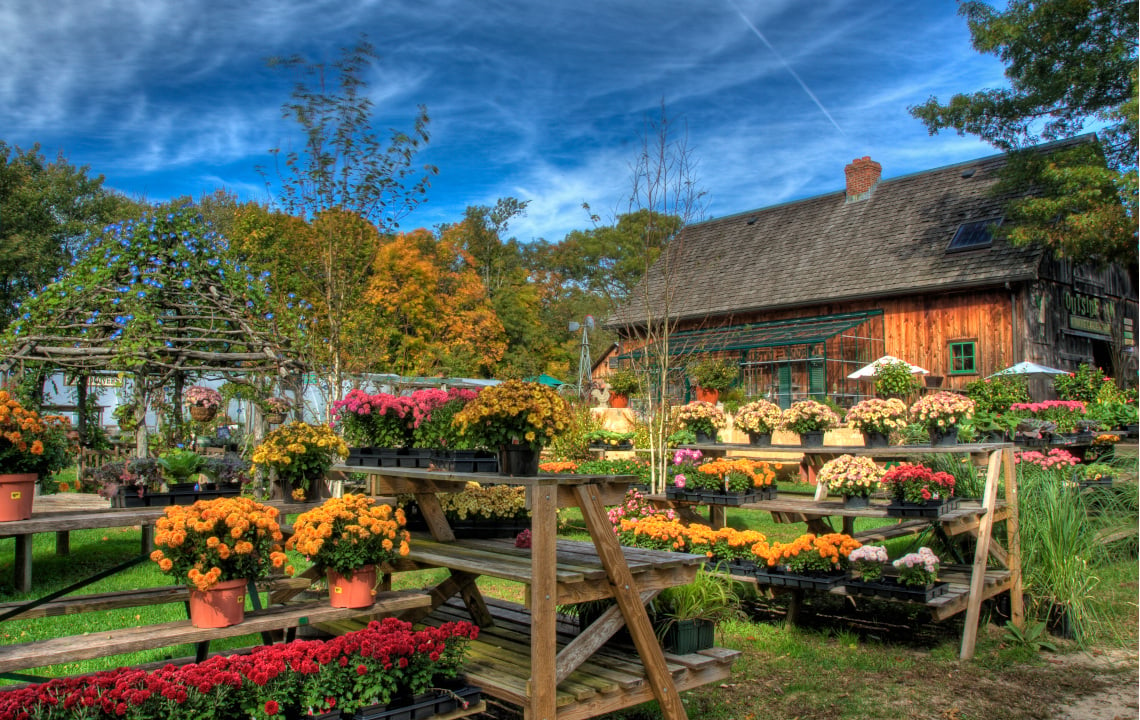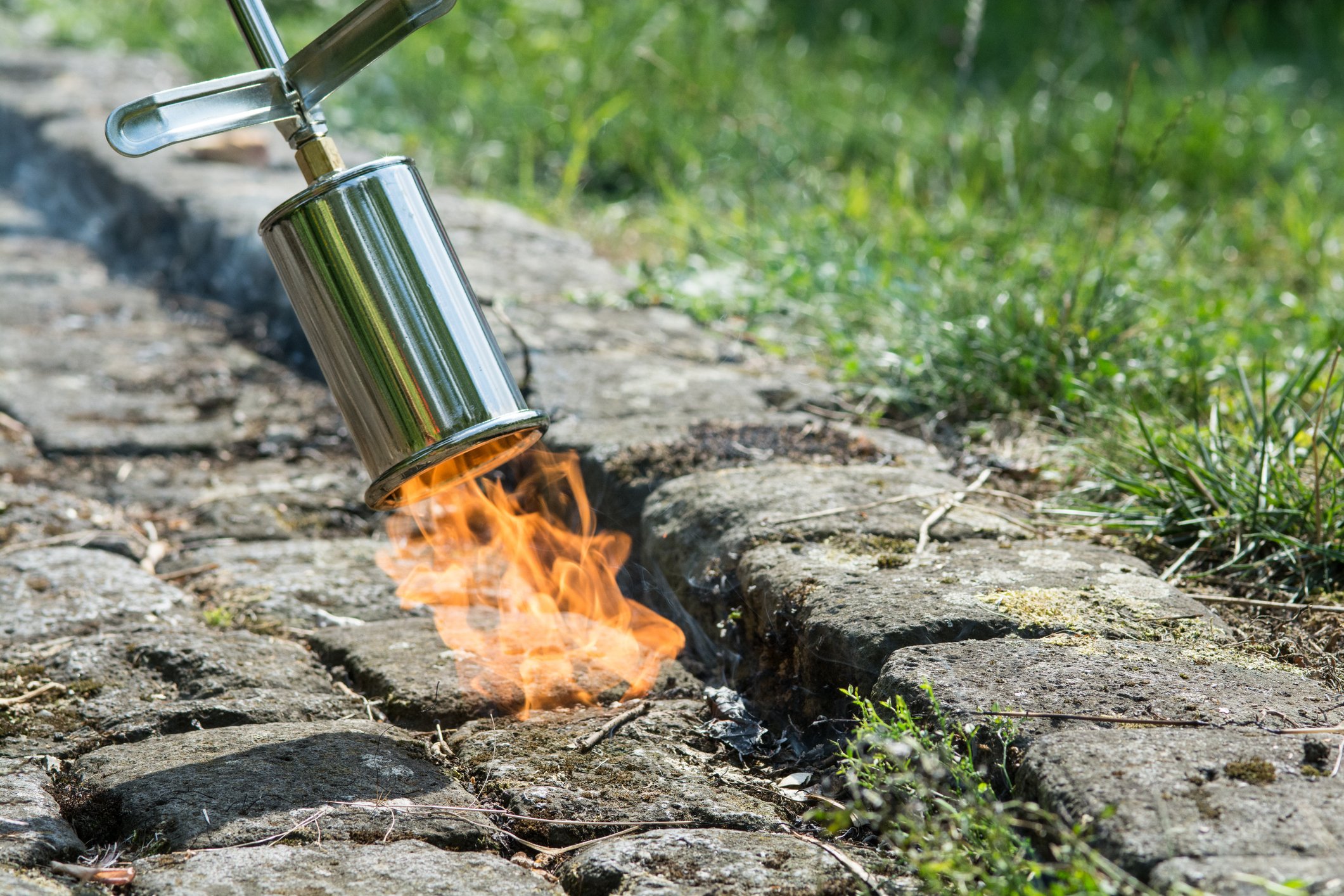Interested in learning how to start seeds? A regenerative farmer compares three low- to no-waste seed starting methods perfect for beginners and seasoned gardeners.
Starting vegetables, flowers and herbs from seed is a rewarding experience. You learn the conditions needed for good germination and participate in the entire life cycle of the plant's growth.
It's also a great teaching opportunity for children, saves lots of money versus buying transplants, and helps build the long-term resiliency of a family and community.
When starting seeds for transplants, we all begin with the same question: How do I start?
There are a variety of ways to go about this. In this article, we will share three unique ways of using growing trays to start seeds for transplants, along with the advantages and disadvantages of each.
These tips and recommendations should help orient you, give you a solid starting point for determining what is available and help you make the best decision for your garden.

1. Recycle – Using Standard Cell Plug Trays
The standard cell plug tray is the growing tray you see everywhere, especially at big-box home and garden centers.
These plug trays have some upsides, but in my opinion, their flimsy single-use plastic design doesn't fit the aspiring, avid and dedicated hobby or market gardener.
The pros of standard cell plug trays are
- They're very cheap, lightweight and less expensive to transport.
- They are quick to fill with potting soil and then seed
- They are easy to find and convenient for the buyer to take them home
- They may be recyclable in some areas (but not all)
The cons of standard cell plug trays
- They're flimsy
- They typically cannot be reused
- They may not be recyclable in your area
This is why big garden centers and big box stores use them.
Other than that, I see very little upside if you want to get serious about growing.
If you are a beginner gardener unsure whether you can develop a green thumb or are interested in starting a nursery business selling transplants however, these are the cheaper and possibly more efficient way to get started.
2. Reuse – Reusable Tray Inserts
The world of market gardening, whereby farmers grow bio-intensively on small acreage to make a living, has seen rapid growth in the last couple decades.
This has led to many innovations in tool design that have made growing easier and more efficient.
One of these innovations is high-quality, reusable tray inserts that can last a lifetime and help grow robust transplants.
The first time I saw this style tray offered was by market gardener Conor Crickmore of Neversink Farm, called the Winstrip tray. The design of the tray was made of a thick, tough plastic that would never break down, even if not cared for properly.
In addition, these inserts have wide-open corner slots for enhanced air pruning of the root ball (more on this later) and an opening on the bottom to easily pop out the transplant by hand or with a plug popper.
All of these features make for stronger transplants by preventing root-bound seedlings and minimizing transplant shock, which allows them to take root faster.
Many more companies have since have made their own versions with the same basic design. There are also many sizes to choose from depending on scale of which you grow, from 6, 50, 72 and 128 cell trays.
Options to buy can be found at Nerversink Tools , Johnny’s Seeds and the Bootstrap Farmer. Other companies may offer the same style of tray. Just be conscious of the features mentioned above.

The pros of REUSABLE tray inserts:
- They're tough and should last forever. Even if you accidentally leave them out in the sun for a time or run over them with garden equipment (except for maybe a lawnmower…oops, I’ve done it a time or two), they don’t break down.
- Filling them with potting soil is quick and easy, much like the standard cell trays mentioned above.
- They've become pretty affordable and are a good investment versus buying disposable cell trays year after year.
- The design creates stronger plant starts due to the air pruning of roots.
The Con of Reusable Tray Inserts:
- They have a larger upfront cost compared to the standard cell plug trays. So, if you're just starting out, you may not want to invest this way.
- They require storage.
Overall, I see more positives than negatives with these trays and have had great success with them on our herb farm.
3. Zero-Waste – Soil Blocks
After trying various seed-starting methods, soil blocks are my absolute favorite option.
Making soil blocks for plant starts is not new. In the 1970s and 1980s, market gardener and author of The New Organic Grower Elliot Coleman popularized the practice in the United States, but the Dutch have been using soil blocks for close to a century.
What are soil blocks?
Simply put, they are blocks made out of lightly compressed potting soil. These blocks stay compressed throughout the seeding and transplanting process, so there is no need to use cell trays or plastic pots.
In my view, soil blocks give three primary benefits
- First, soil blockers are a zero-waste, more eco-friendly way to start seeds without cell trays and plastic pots. This reduces the initial expense and eliminates the need to care for, dispose of and/or store cell trays.
-
- Although you get a similar effect from the reusable cell trays discussed earlier, I've observed the soil block air prunes more effectively because the blocks aren’t constrained by cells.
- Second, soil blocks make for more vigorous robust seedlings. Once the roots of the seedling get to the edge of the block, they stop growing further and “air prune.” The roots stop growing, and this signals the plant to start to grow additional roots. When transplanted, more root mass means more water and nutrient uptake, making plants more vigorous. “Air pruning” also increases the amount of oxygen to the roots, in effect increasing seedling vitality.

- Lastly, soil blocks have little to no transplant shock. The reusable tray inserts offer the same benefit. The concept is that when the roots are “air-pruned,” they are almost on hold, waiting to contact the soil. Once transplanted, the seedlings re-establish growth very quickly, and almost no shock is seen.
Out of haste to get things in the ground quickly, I have even skipped hardening off of these transplants and see little to no shock while getting established.
Now reading this can give you the idea that soil blocks are the “utopia” of seed starting. For me that is true, but that view is not the same for everyone.
Here's a look at the cons of soil blocks
- They take more time to make than filling a cell tray. Instead of filling a cell tray in a few minutes, making a whole tray of soil blocks can take up to three times that time using handheld soil blockers.
- Making soil blocks is not without cost. You do need to invest in the block makers and long-lasting, durable propagation and watering trays (but you only have to buy them once).
- You must time your transplanting well. It is true that you can let these go a little longer than cell trays, but if you wait too long, the roots can migrate to the next block and become intertwined with their neighbors. Typically, you can pull them apart if you haven’t let them go too long, but you don’t want to push it too much.
- The last potential negative is that there is a learning curve to making them correctly. You need to find the right potting soil, whether you make or buy it, but ensuring you have the right amount of moisture/wetness when making the blocks is important to success.
If you want more details on getting soil block equipment, along with tips and tricks for quicker success, see How To Make Soil Blocks For Waste-Free Seed Starting to learn more.
For a zero-waste, eco-friendly way to seed starting, soil blocks check off all the boxes.
What Seed Starting Methods Is Right For You?
In deciding which way to go, all three options mentioned here have proven to be successful.
The main thing you should consider is what type of gardener you are (beginner to advanced), how much time you are willing to put into gardening and what your future gardening plans are.
After you ask and answer yourself those questions, it should be easy to pick what seems best for your garden or farm.
Looking For More Gardening Tips?
Check out the following articles:
6 Seed Companies To Order Organic, Heirloom And Hybrid Seeds
Embrace the Garden Mess: The How-Tos and Benefits of No-Till Gardening
Winter Sowing In Milk Jugs: A Step-By-Step Guide
How A Soil Scientist Creates A Low-Maintenance Garden In The South
Must-Have Tools And Accessories For Gardeners



-1.jpg)
